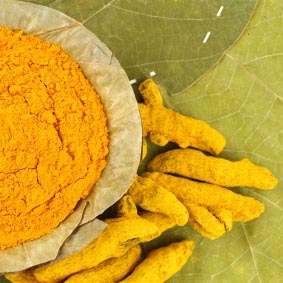 A True Superfood:
A True Superfood:
Turmeric, a member of the ginger family, is a tropical, perennial plant found growing in Southern Asia. The roots, or rhizomes and bulbs, are used for its health benefits and as a common spice in Indian, Southeast Asian, and Middle Eastern cuisines. It has been used for the last 4,000 years in Chinese and Ayurvedic medicines.
Health Properties:
Most of turmeric’s health benefits are derived from chemical components called curcuminoids. Curcumin, the widely studied curcuminoid found in turmeric, is considered its most active ingredient. These powerful molecules truly shine by giving turmeric its bright yellow-orange color.
Curcumin is well known for its anti-inflammatory and antioxidant properties. As an “adaptogen”, turmeric helps the body respond to stress and has a broad range of health benefits. It is a common natural remedy for relieving joint pain, improving digestion, eliminating toxins from the GI tract, promoting healthy liver function and skin, and fighting cancer or Alzheimer’s disease. In addition, the use of turmeric benefits the cardiovascular system. It can lower blood sugar levels, reduce the amount of serum cholesterol in the blood, and suppress platelets from gathering to form blood clots, lowering the risk of heart attacks and strokes.
Sources:
http://organicindia.mercola.com/herbal-supplements/turmeric.aspx
